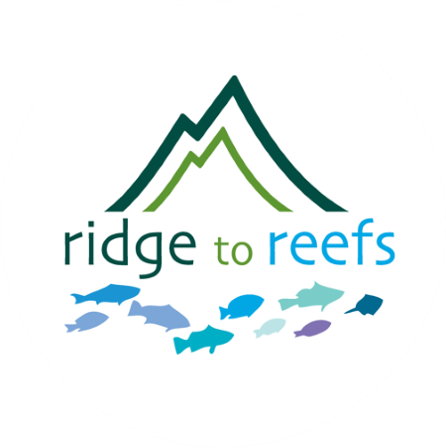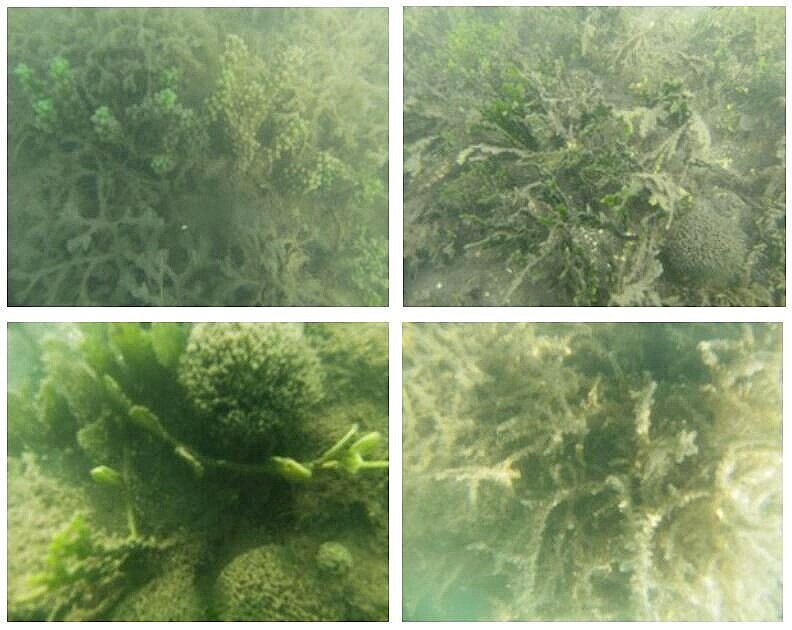Residential Sewer Lines Flow into Mangroves & Nearshore Waters
Sewer line under stilt house in direct contact with ocean water
Abandoned sewer line through the mangroves
Residential sewer lines that are poorly connected or disconnected from the municipal sewage treatment system pour directly into the mangrove lagoons and nearshore waters. Beyond contributing fecal matter and ammonia to the waters, excessive nutrient loading from these lines can lead to harmful algal growth. These growths can blanket the bottom of estuarine waters and choke out the seagrass beds that provide essential habitat to many species of fish, invertebrates, and other organisms of the nearshore ocean community. These growths can also cover coral reefs, having long term impacts on the health of the reefs and the animals that rely on the reefs.
La Parguera marine communities are highly impacted, in part due to the number of stilt houses with disconnected or poorly connected sewer lines that directly flow into the marine ecosystem. There are also effects from abandoned sewer lines that are still connected to the main sewage system. Particularly in times of heavy rainfall, these systems collect and flow back into the mangrove lagoons and coastal waters.
Identifying specific sources of nutrient and fecal contamination allows for targeted efforts to clean up water quality, prevent diseases, and improve water quality. Identifying these sources of contamination allows for targeted remediation responses. Once new stressors are removed, the nearshore marine ecosystems can begin to recover.
Common nearshore fish species
Common macro algae species





